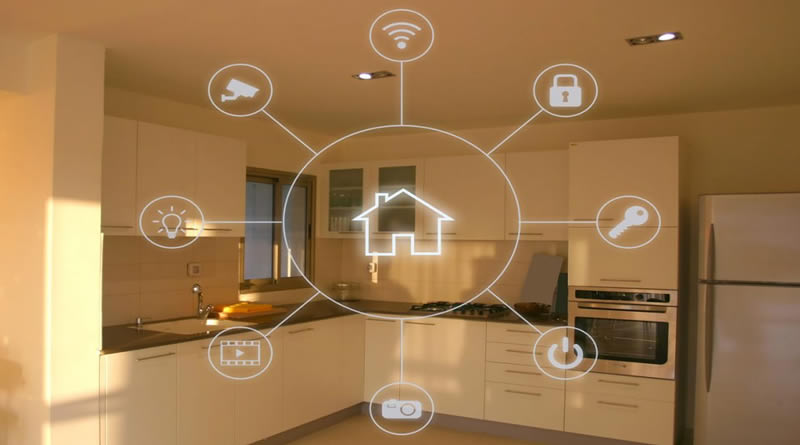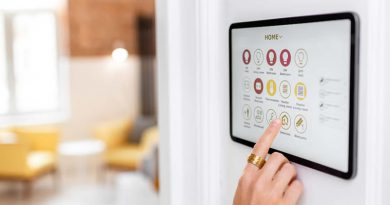Ensuring Security and Data Privacy in Smart Homes
Smart homes offer unparalleled convenience and connectivity, but concerns about security and data privacy often arise. As we integrate more devices into our living spaces, safeguarding our homes and protecting our personal information becomes paramount. In this article, we will explore how security is ensured in smart homes and discuss strategies to protect data privacy. Understanding these aspects will empower homeowners to embrace the benefits of smart technology with confidence.
Ensuring Security in Smart Homes
Security is a top priority when it comes to smart homes. Here are some essential measures and practices to ensure the safety and protection of your smart home system:
- Secure Network: Establish a secure and robust network for your smart home by following these steps:
- Change default passwords: Change the default login credentials of your smart devices and network equipment to unique and strong passwords.
- Use Wi-Fi encryption: Enable WPA2 or WPA3 encryption protocols on your Wi-Fi router to protect your network from unauthorized access.
- Guest network: Set up a separate guest network for visitors to keep your primary network secure.
- Regular firmware updates: Keep your network equipment and smart devices updated with the latest firmware to address security vulnerabilities.
- Strong Authentication: Implement strong authentication methods to prevent unauthorized access:
- Two-factor authentication (2FA): Enable 2FA whenever possible to add an extra layer of security to your accounts.
- Biometric authentication: Utilize biometric features, such as fingerprint or facial recognition, for secure access to your devices or smart home apps.
- Unique user accounts: Create separate user accounts for each family member or authorized user, each with their own login credentials.
- Secure Device Configuration: Take the following steps to ensure the security of individual devices:
- Change default settings: Modify default settings of your devices, such as disabling unnecessary features or services that may pose security risks.
- Disable remote access: Disable remote access for devices that don’t require it, limiting potential vulnerabilities.
- Regular updates: Keep all devices’ firmware up to date to protect against known security flaws.
- Network Segmentation: Segment your smart home network to isolate devices:
- Create VLANs: Consider setting up virtual LANs (VLANs) to separate different types of devices or specific areas of your home.
- Firewalls: Utilize firewalls to filter network traffic between VLANs and protect against unauthorized communication.
Protecting Data Privacy in Smart Homes
Data privacy is crucial in smart homes, as these systems collect and process personal information. Here are some key strategies to safeguard your data:
- Understand Data Collection: Familiarize yourself with the data collected by your smart devices and systems:
- Read privacy policies: Review the privacy policies of your smart devices and systems to understand what data is collected, how it is used, and with whom it is shared.
- Minimize data sharing: Opt for devices and platforms that prioritize user privacy and limit data sharing with third parties.
- Secure Data Transmission: Protect data while it is being transmitted within your smart home system and to external servers:
- Encryption: Ensure that data transmitted between devices and servers is encrypted using robust encryption protocols.
- Secure Wi-Fi: Use secure Wi-Fi protocols and strong passwords to prevent unauthorized interception of data.
- Network Monitoring: Monitor network activity to detect and address any suspicious or unauthorized access attempts:
- Intrusion Detection Systems (IDS): Install IDS software or systems that can detect potential threats or abnormal network behavior.
- Network Traffic Monitoring: Regularly review network logs and traffic to identify any unusual patterns or activities.
- Privacy Settings and Permissions: Take advantage of privacy settings and permissions offered by devices and apps:
- Granular control: Customize privacy settings to specify what data is collected and how it is shared.
- App permissions: Review and manage app permissions to ensure they align with your desired level of data access.
Conclusion
Ensuring security and data privacy in smart homes is a critical responsibility for homeowners. By implementing proper security measures, securing the network, and understanding data privacy implications, you can confidently enjoy the benefits of smart home technology. Regularly updating devices, staying informed about security best practices, and choosing reputable brands and platforms are essential steps toward maintaining a safe and private smart home environment.




